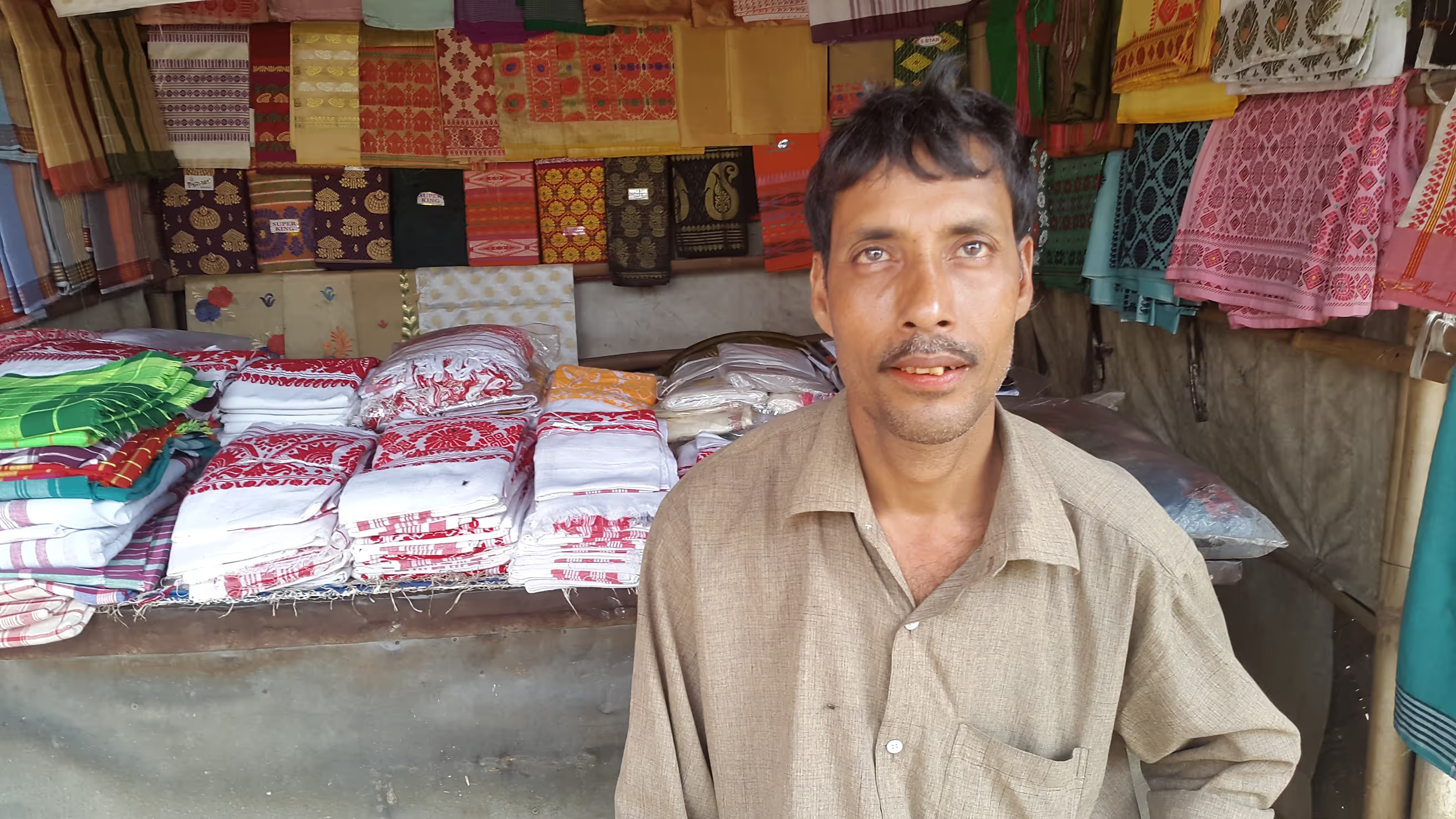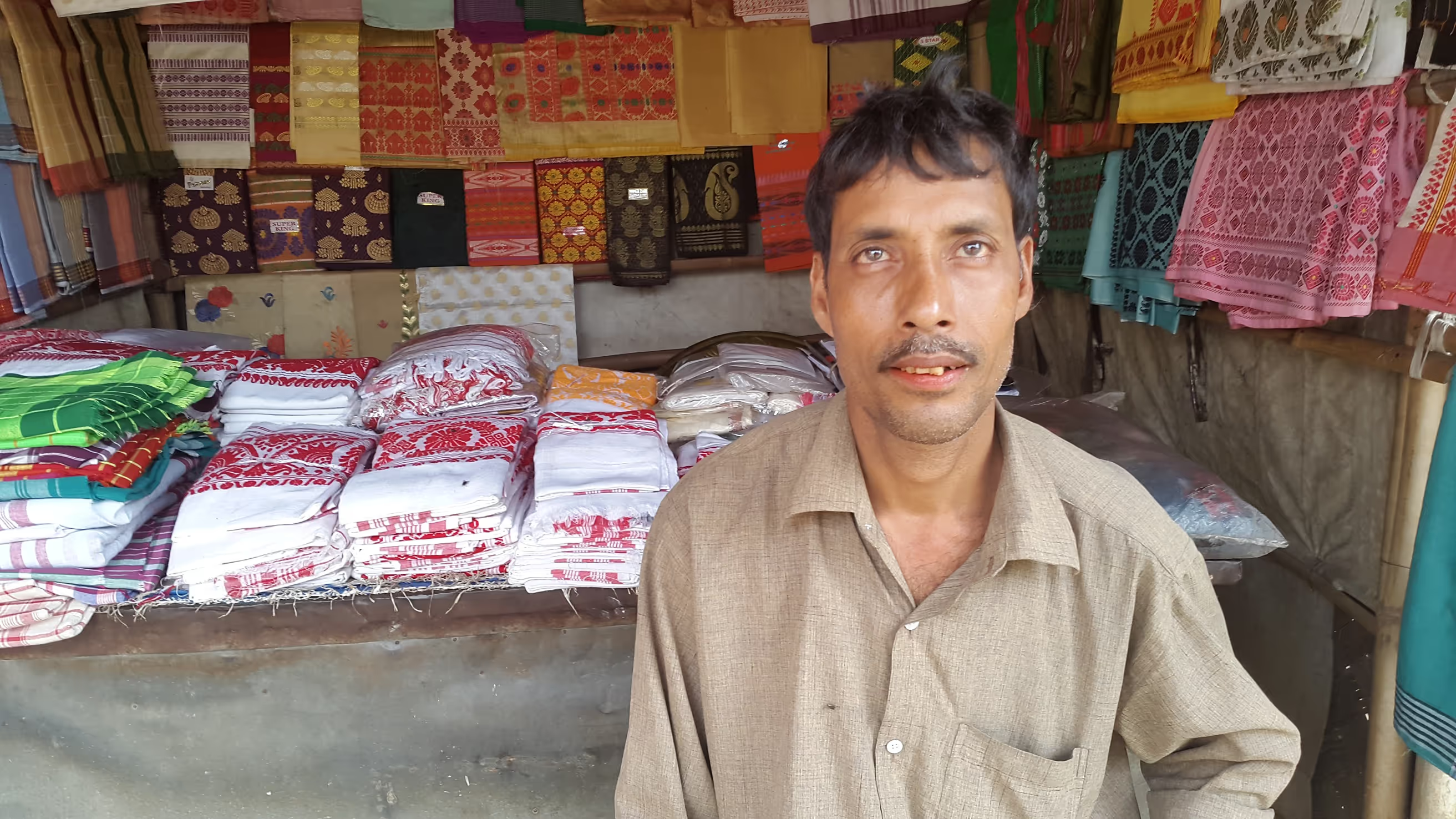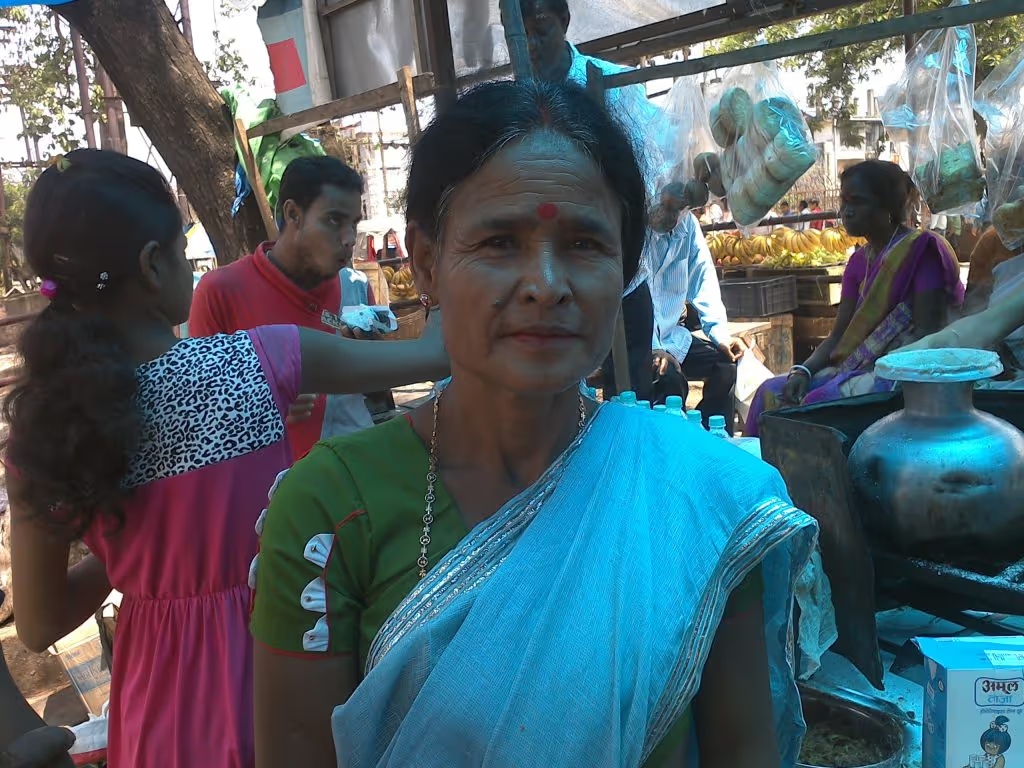Conducting Demand Survey in Guwahati‚ Assam - Exploring the Unexplored

After successfully conducting a demand survey in Puri, the demand survey to design a need based and consumer-driven Micro Disaster Insurance product is in progress in Guwahati, Assam. The city of Guwahati, which is the central corridor to North-East India is a rapidly expanding urban area which is affected by a combination of natural and man-made hazards. The population residing in the city is also very dynamic and a measurable proportion of the population includes the migrants from nearby districts who are primarily engaged in informal businesses. The frequency of hazards like incessant rainfall and resultant floods, storms, fire, and others has increased over the years due to multiple reasons. The city (and the entire state of Assam) also falls under an Earthquake Zone V (highest category for earthquake hazard). Climate change and changes in rainfall pattern have further compounded the impacts of such disasters affecting the city in addition to the man-made problem of poor mitigation and adaptation strategies and poor urban planning.
This demand survey is expected to bring into light the needs of the small businesses in the context of the different hazards and certain criteria defining the design of the disaster insurance product which can cater to the needs and demands of these businesses.
These locations are primarily affected by floods and storms. The businesses covered include both formal and informal shops including small shops with established infrastructure, makeshift shops, mobile vendors, etc. Efforts were made to cover both small established shops and marginal businessmen with no structure at all. Though the survey is in the initial stage, the preliminary findings based on observation reflect the following key aspects in Guwahati:

- A very large segment of small and marginal businesses belong to the poor migrant population with the majority of them hailing from neighboring districts like Nalbari, Mongoldoi, Barpeta, Goalpara, Dhubri and Nagaon. These districts are those affected by recurrent floods and have inadequate livelihood options, these people have migrated to Guwahati for livelihoods through micro businesses.
- The majority of these marginal businesses generates very little revenue which is again affected by incessant rainfall and resultant floods. Though the most informal have no structure to lose, the loss of the working days during heavy rainfall even for two to three days causes severe problems for households that live on this subsistence income.
- Those who have some sort of a structure and suffer damages or loss of inventory are either dependent on their savings or borrow from money lenders. Problematically, the informal credit through money lenders cost these petty businesses yearly interest as high as 360% (30% per month).
- The awareness and uptake of disaster insurance among the businesses surveyed so far is nil and there are no such examples of initiatives or efforts to include this segment under the umbrella of disaster insurance in the localities covered so far.
- The respondents have shown both interest as well as inability to purchase an insurance scheme. There is limited understanding on how insurance works and often due to ignorance, insurance is confused with similar financial products like micro-lending, informal savings groups, etc.

From the initial observation and experience, it is clear that this segment of population definitely deserves a formal risk protection mechanism which disaster insurance is capable of providing and the design of the product according to the needs of the population will ensure its sustainability along with adequate education and information. It would be interesting to compare the results of the pre and post insurance stage when the results are expected.
Stay updated
Sign up for our newsletter to receive regular updates on resources, news, and insights like this. Don’t miss out on important information that can help you stay informed and engaged.
Related articles
.png)


Explore Elrha
Learn more about our mission, the organisations we support, and the resources we provide to drive research and innovation in humanitarian response.